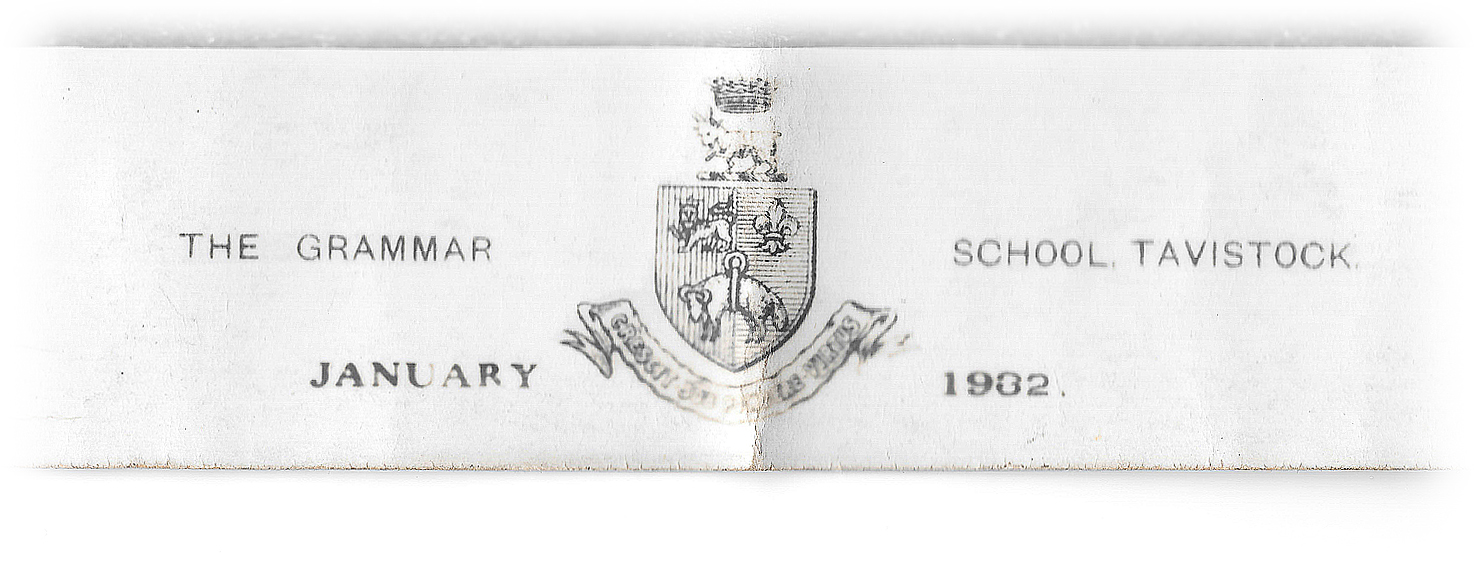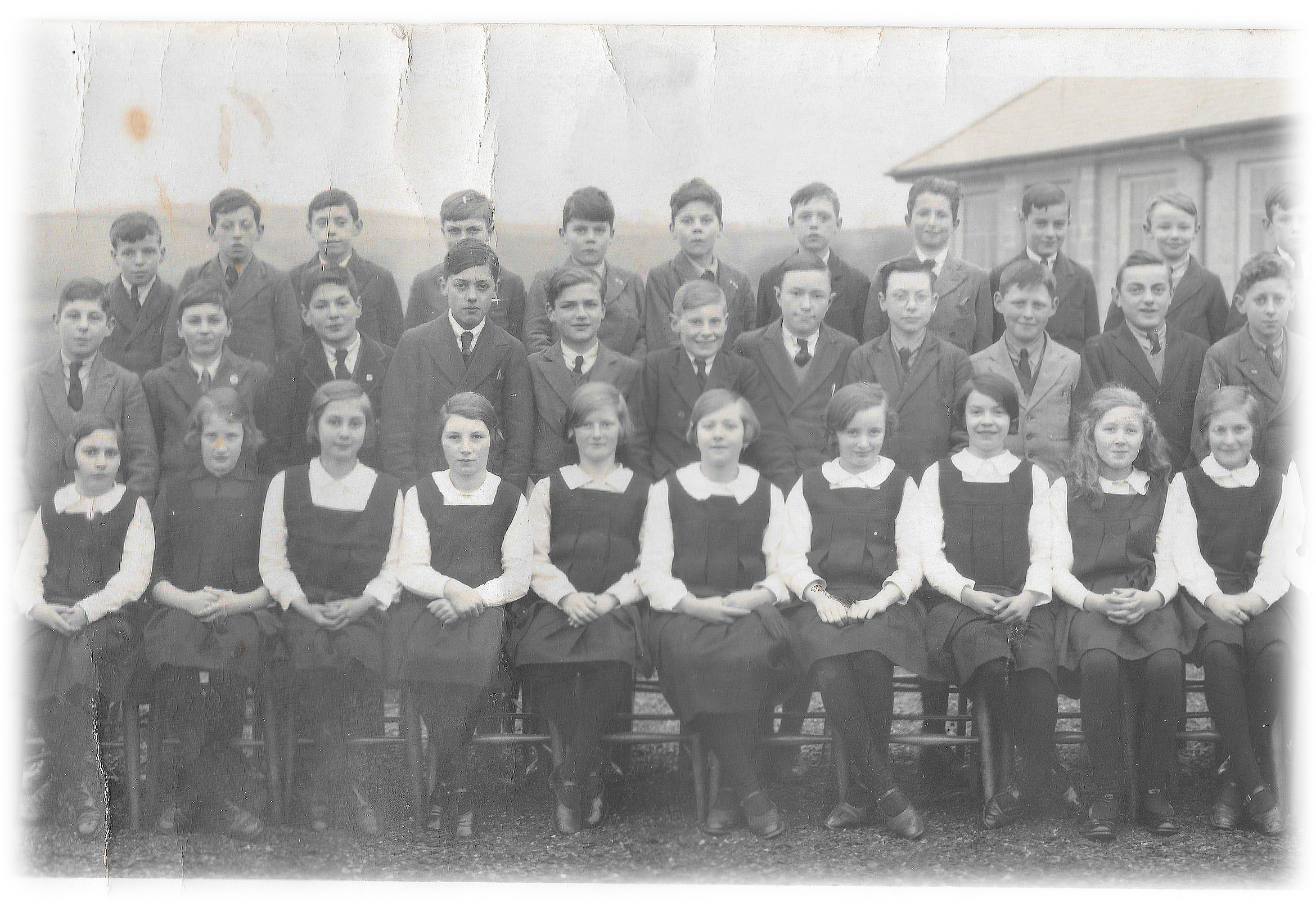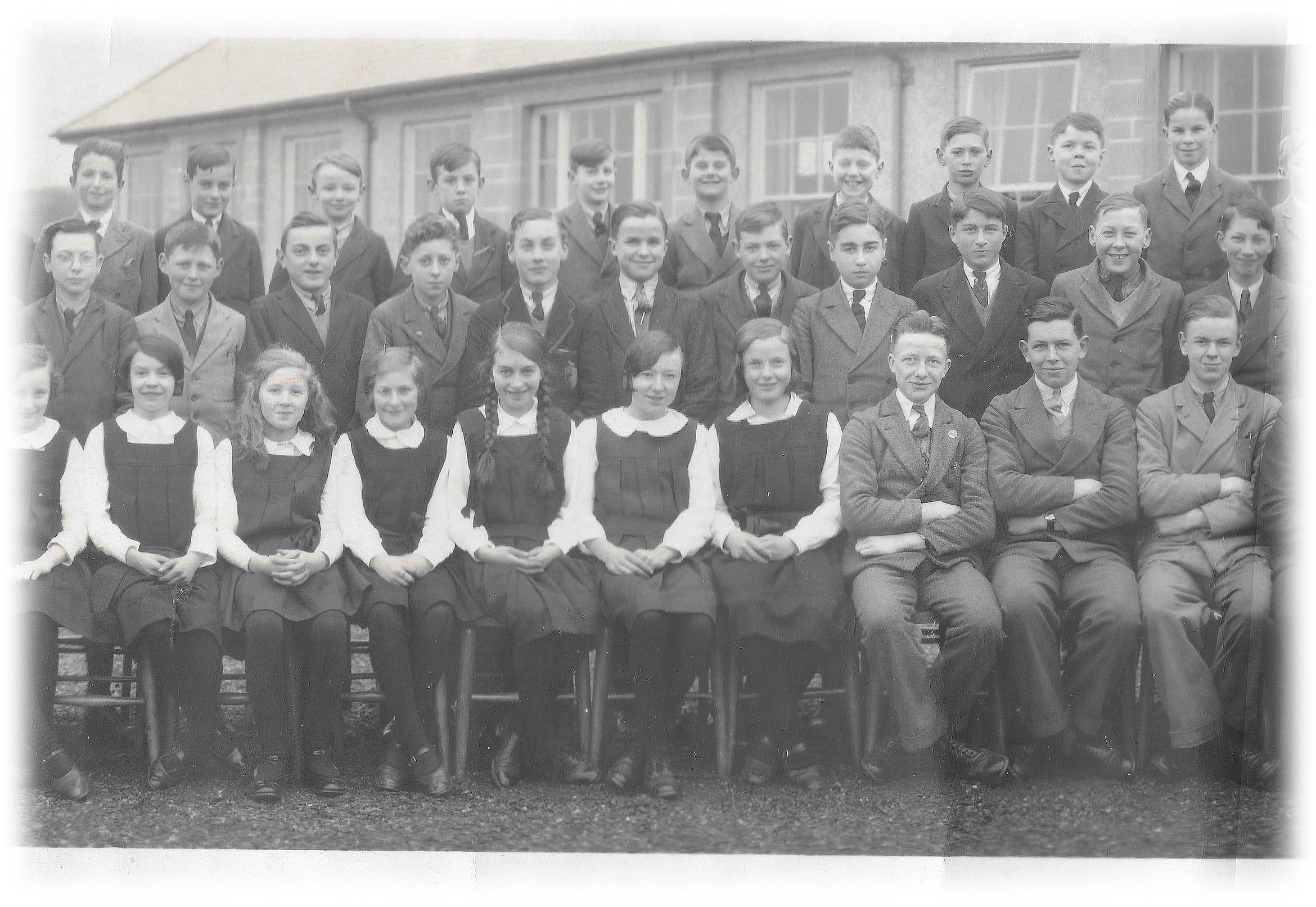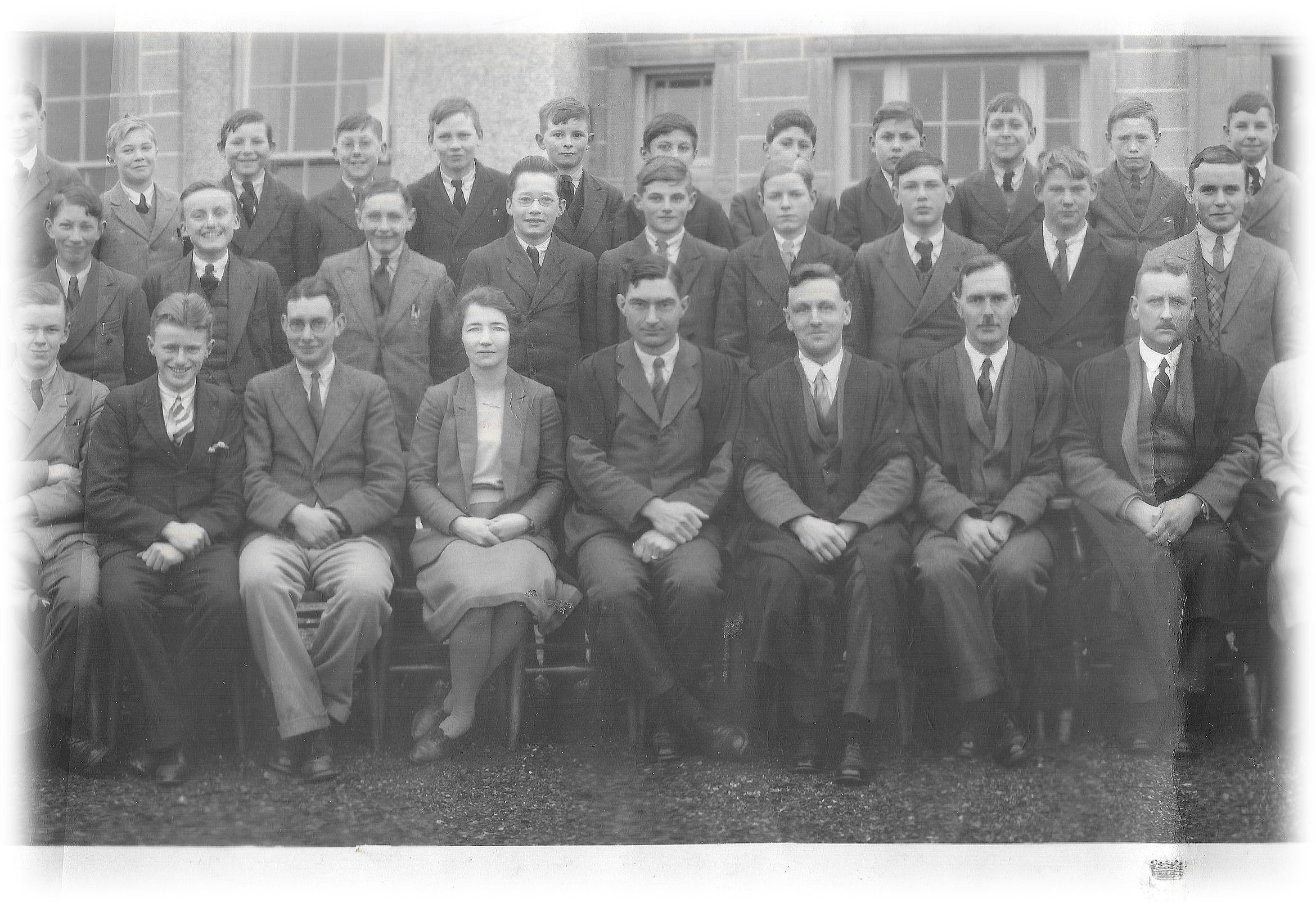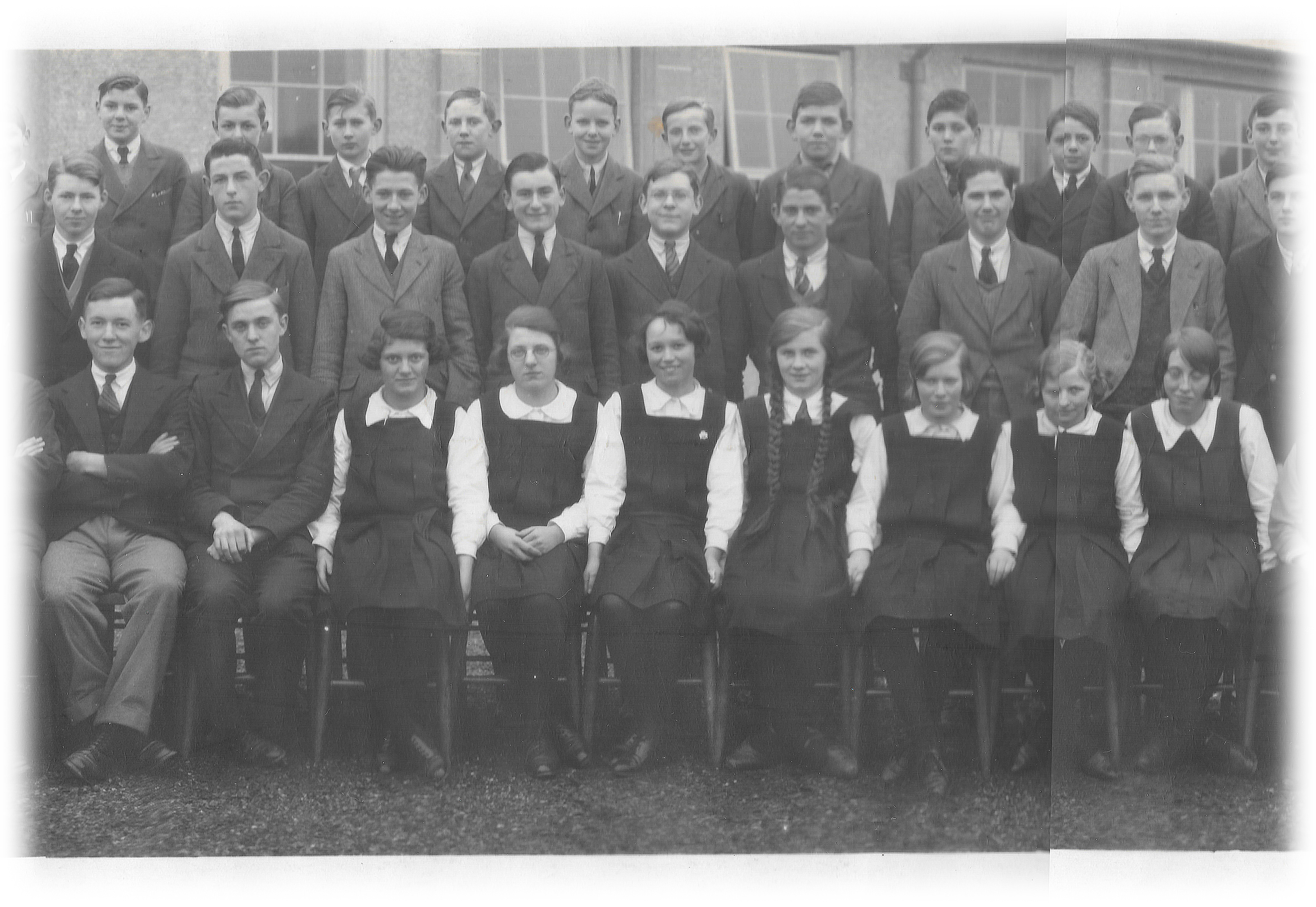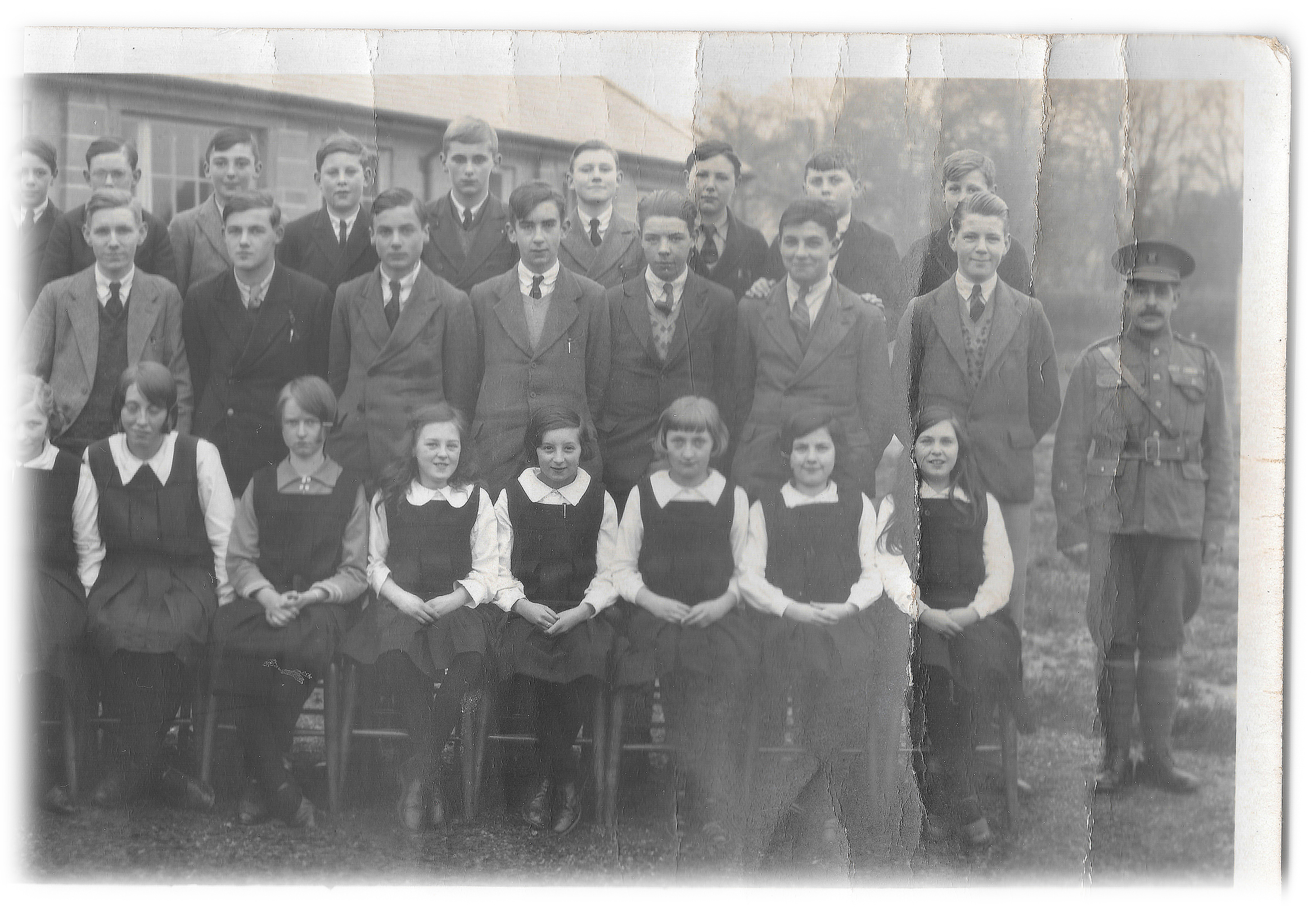Looking Back: Tavistock Grammar School, 1932 — A Panoramic Memory
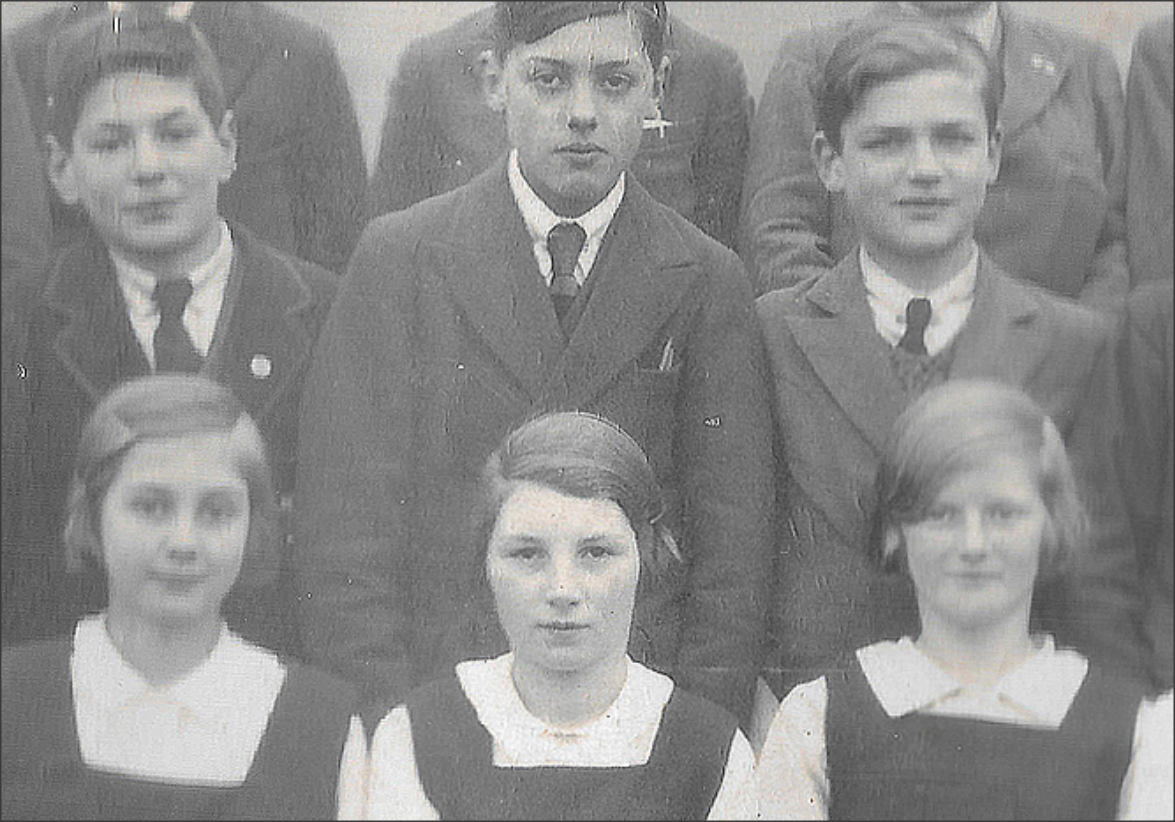 My own journey through secondary education began at Tavistock Comprehensive School between 1965 and 1972. By the time I first walked those corridors and sat at those well-worn desks, the school’s identity had already been shaped by generations who had passed through before me. But it is in a remarkable photograph—taken exactly 33 years before my own school days—that this sense of continuity becomes tangible: the Tavistock Grammar School Panoramic Photograph of January 1932.
My own journey through secondary education began at Tavistock Comprehensive School between 1965 and 1972. By the time I first walked those corridors and sat at those well-worn desks, the school’s identity had already been shaped by generations who had passed through before me. But it is in a remarkable photograph—taken exactly 33 years before my own school days—that this sense of continuity becomes tangible: the Tavistock Grammar School Panoramic Photograph of January 1932.
The Photograph: A Moment in Time
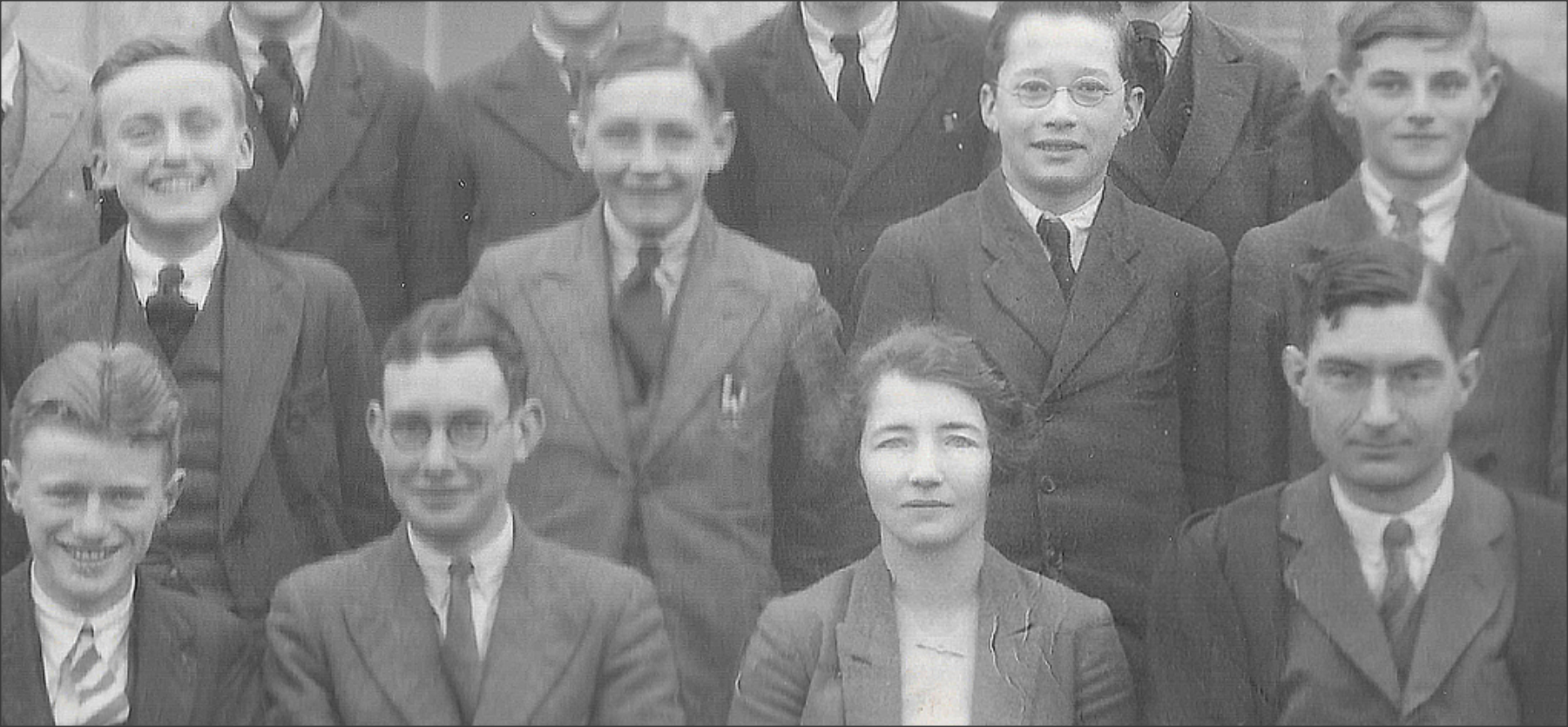 This wide-format, black-and-white photograph is extraordinary in both scale and character. Measuring an impressive 83 x 14 cm, it presents the entire school community—students and teachers alike—lined up in formal rows before the grand old school building. Each face is frozen in time, looking directly into the lens of the camera, perhaps with curiosity, pride, or simply the mild discomfort of a long, chilly January assembly. The image survives in its original take-home cardboard sleeve, a testament to the care with which such photographs were once treated as precious artefacts.
This wide-format, black-and-white photograph is extraordinary in both scale and character. Measuring an impressive 83 x 14 cm, it presents the entire school community—students and teachers alike—lined up in formal rows before the grand old school building. Each face is frozen in time, looking directly into the lens of the camera, perhaps with curiosity, pride, or simply the mild discomfort of a long, chilly January assembly. The image survives in its original take-home cardboard sleeve, a testament to the care with which such photographs were once treated as precious artefacts.
The image was professionally created by Ray Studios Ltd. of Braintree, Essex, specialists in school and institutional photography during the interwar years. Panoramic school photographs were a popular tradition in Britain during the early twentieth century—a unique ritual that united pupils and staff, cementing their presence for posterity.
Tavistock Grammar School: A Brief History
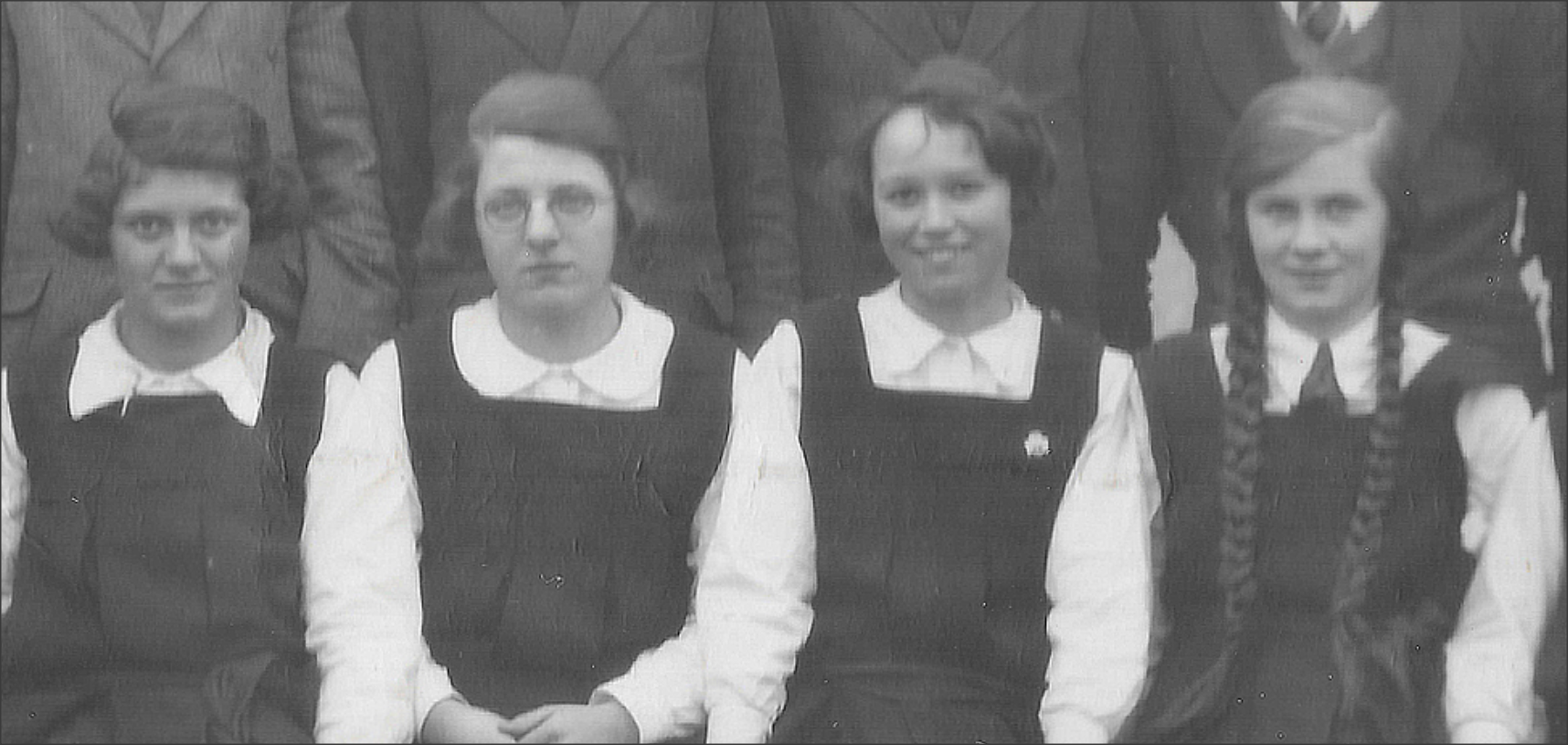 Tavistock Grammar School traces its roots back to the sixteenth century, although the present institution as seen in the 1932 photograph took shape in the nineteenth century, amid Victorian reforms that championed broader access to education. By the early 1930s, the school was already well established as an academic and social cornerstone of West Devon, serving children from the town and surrounding rural communities.
Tavistock Grammar School traces its roots back to the sixteenth century, although the present institution as seen in the 1932 photograph took shape in the nineteenth century, amid Victorian reforms that championed broader access to education. By the early 1930s, the school was already well established as an academic and social cornerstone of West Devon, serving children from the town and surrounding rural communities.
In the decades following the 1932 photograph, the school would see its identity change: merging, expanding, and eventually transforming into the comprehensive system under which I studied. Yet many of the names, faces, and even family lineages present in that 1932 image would echo through the generations. It’s not unreasonable to imagine that, for some pupils in the 1960s and 70s, their parents or grandparents are among the boys and girls in this very photograph.
Faces in the Crowd: Generational Echoes
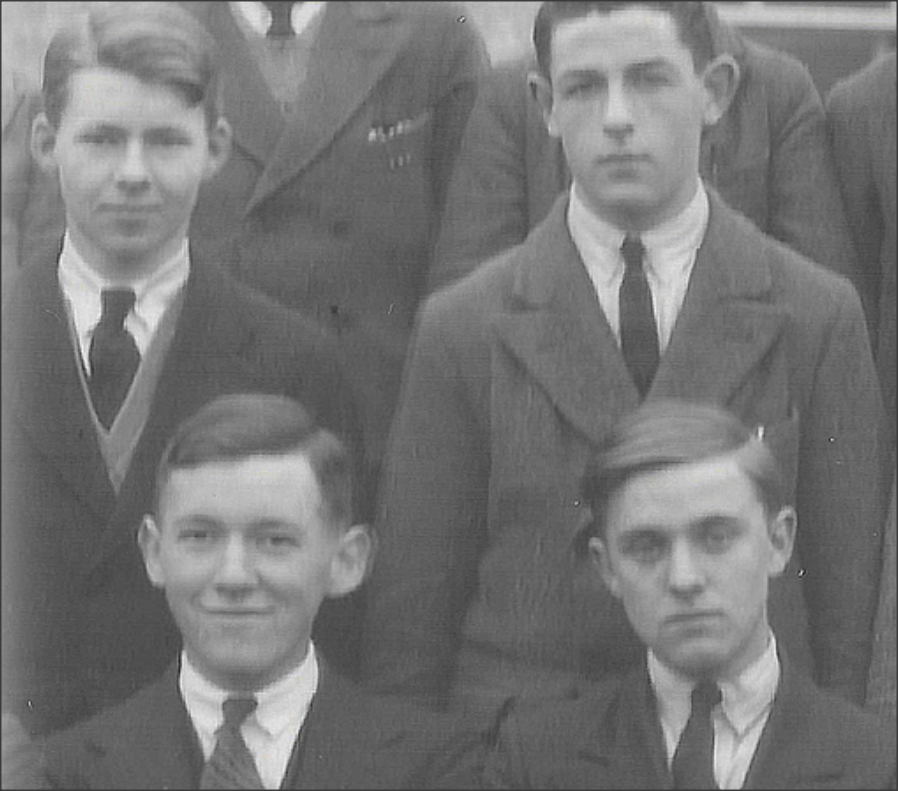 What strikes the modern viewer most is the sense of connection across time. In 1932, Britain was between two world wars; memories of the Great War were still fresh, and the clouds of the next conflict were already gathering on the horizon. The children in this photograph would, within a decade, come of age during the turbulence of World War II—many of the boys would see service, and the lives of all would be dramatically shaped by global events.
What strikes the modern viewer most is the sense of connection across time. In 1932, Britain was between two world wars; memories of the Great War were still fresh, and the clouds of the next conflict were already gathering on the horizon. The children in this photograph would, within a decade, come of age during the turbulence of World War II—many of the boys would see service, and the lives of all would be dramatically shaped by global events.
And yet, there’s a reassuring ordinariness to the image. There are mischievous grins and nervous glances, straight-backed prefects and harried teachers. The clothing—caps, blazers, starched collars, and pinafores—roots them firmly in the era, yet their expressions are recognisably those of schoolchildren anywhere, in any era.
For those of us who attended the successor school, this photograph serves as a reminder of our place in a much longer story—a lineage of learning, friendship, and shared experience in Tavistock.
The Art and Importance of the School Panorama
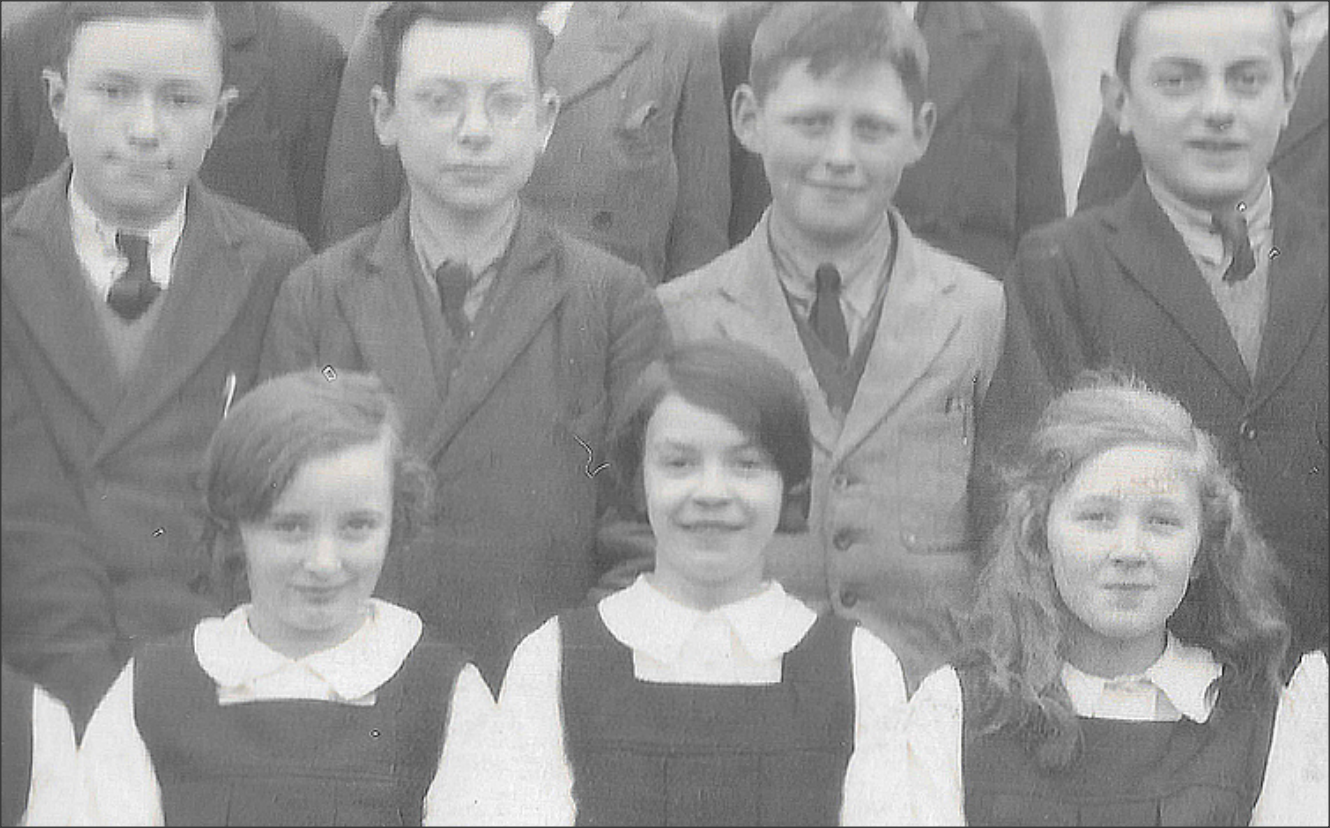 The panoramic school photograph was both a technical feat and a social event. Using a special camera capable of slowly scanning from left to right, the photographer would line up the entire school outside, ensuring that every pupil and member of staff was visible. Sometimes, the more enterprising children would dash around the back to appear twice at opposite ends of the frame—a trick immortalised in many old school panoramas!
The panoramic school photograph was both a technical feat and a social event. Using a special camera capable of slowly scanning from left to right, the photographer would line up the entire school outside, ensuring that every pupil and member of staff was visible. Sometimes, the more enterprising children would dash around the back to appear twice at opposite ends of the frame—a trick immortalised in many old school panoramas!
The resulting image, usually mounted in a sturdy cardboard sleeve, was distributed to families as both a keepsake and a point of pride. In the days before mass photography and social media, this was a rare opportunity for ordinary families to own a large, formal portrait that included their child.
Researching the 1932 Cohort
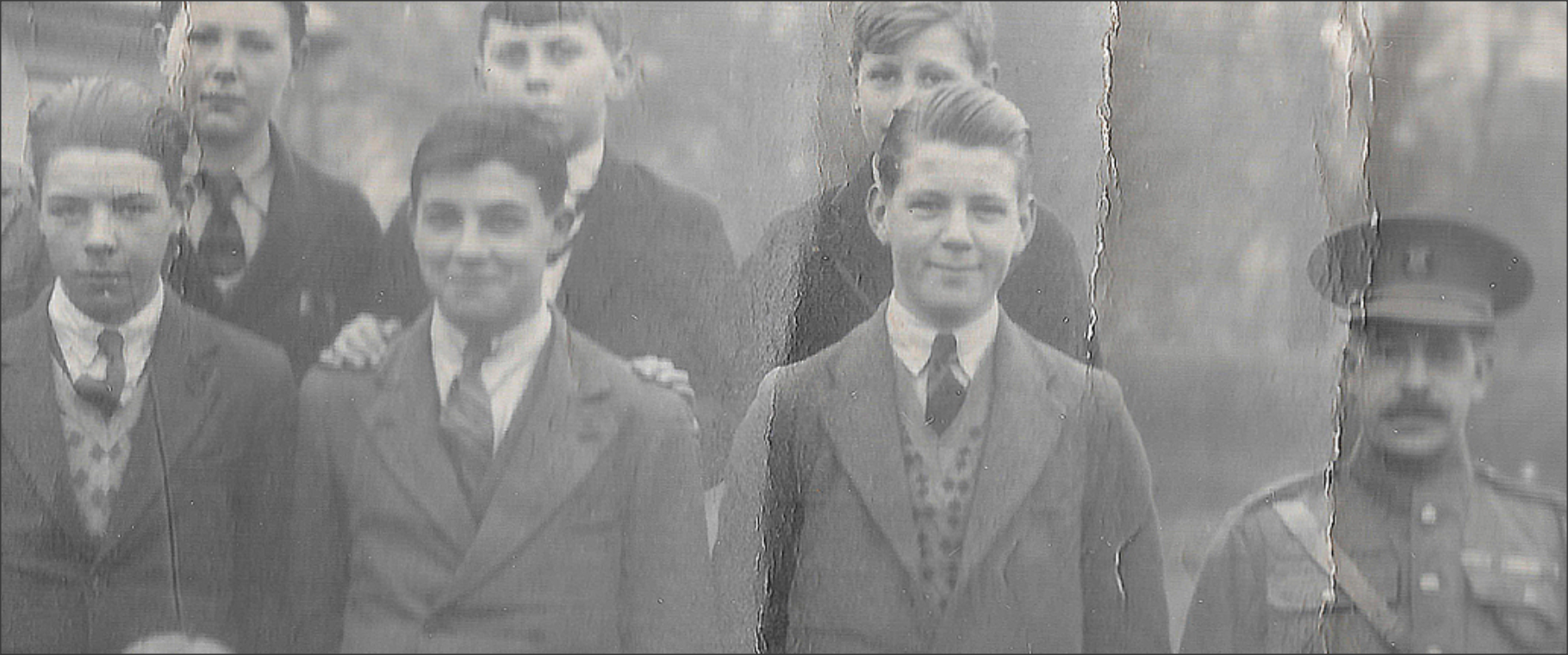 Although the names and individual stories of those in the 1932 Tavistock photograph may not be recorded on the image itself, local archives, alumni associations, and family records can sometimes reveal the identities of those present. Many families in the Tavistock area still treasure copies of this or similar photographs, passing them down as tangible links to their roots.
Although the names and individual stories of those in the 1932 Tavistock photograph may not be recorded on the image itself, local archives, alumni associations, and family records can sometimes reveal the identities of those present. Many families in the Tavistock area still treasure copies of this or similar photographs, passing them down as tangible links to their roots.
Several alumni of the pre-war Tavistock Grammar School went on to distinguished careers in teaching, the military, the civil service, and local business. The school played a vital role in shaping the leadership and character of the local community through some of the twentieth century’s most challenging decades.
The Value of School Heritage
Photographs such as this do more than capture a moment; they become objects of memory and reflection. For old pupils, they prompt stories of childhood, of strict teachers and lifelong friends, of the peculiar rituals and rivalries of school life. For the wider community, they offer a visual history of how Tavistock itself has changed—the children of 1932 standing in the shadow of buildings, fashions, and values now long past.
For anyone who attended Tavistock Comprehensive (or the Grammar School before it), these images are reminders that every generation is both witness to, and participant in, the ongoing story of education in this corner of Devon.
This image is in the original take home cardboard sleeve. Photographed by Ray Studios Ltd. Braintree Essex (83 x 14 cm!).


